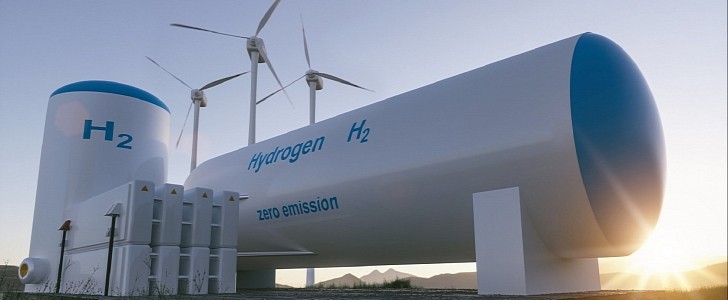Another airline carrier announces its intentions to become carbon neutral, joining the global zero-emissions race. Air New Zealand and Airbus signed an agreement to study the use of hydrogen-powered aircraft.
The New Zealand airline claims the partnership brings the company a step closer to its net zero emissions goal, hoping it can become a reality by 2050. It is why, in the next decade, it plans to use low carbon solutions for its shorter regional and domestic flights, as explained by Greg Foran, Air New Zealand CEO. Foran added that both hydrogen and battery electric planes are on the table at this point, while for long-haul operations, the airline will rely on sustainable aviation fuel (SAF).
This joint research project between Airbus and the New Zealand carrier was validated through the signing of an MoU (Memorandum of Understanding). The airline carrier wants to collaborate with Airbus to understand both the opportunities and challenges hydrogen would bring, in order to know what infrastructure and logistics changes are necessary to implement this technology.
Airbus commits to providing hydrogen aircraft performance requirements and ground operations characteristics, which is something is capable of delivering. Last year in September, Airbus revealed three concepts of zero-emission commercial aircraft, with all of them relying on hydrogen as a primary power source. They were named ZEROe and included a turbofan design, a turboprop design and a blended wing body design.
The turbofan design allows for 120 to 200 passengers and would have a range of 2,000 nautical miles. It would be powered by a modified gas-turbine engine running on hydrogen.
Then there’s the turboprop concept that would allow for up to 100 passengers, which would use a turboprop engine, also powered by hydrogen. It would have a range of over 1,000 NM.
The blended wing body aircraft would have a capacity of up to 200 passengers and a range of up to 2,000 NM. In this case, the wings would merge with the main body of the plane.
Airbus will decide which design goes into production by 2025.
This joint research project between Airbus and the New Zealand carrier was validated through the signing of an MoU (Memorandum of Understanding). The airline carrier wants to collaborate with Airbus to understand both the opportunities and challenges hydrogen would bring, in order to know what infrastructure and logistics changes are necessary to implement this technology.
Airbus commits to providing hydrogen aircraft performance requirements and ground operations characteristics, which is something is capable of delivering. Last year in September, Airbus revealed three concepts of zero-emission commercial aircraft, with all of them relying on hydrogen as a primary power source. They were named ZEROe and included a turbofan design, a turboprop design and a blended wing body design.
The turbofan design allows for 120 to 200 passengers and would have a range of 2,000 nautical miles. It would be powered by a modified gas-turbine engine running on hydrogen.
Then there’s the turboprop concept that would allow for up to 100 passengers, which would use a turboprop engine, also powered by hydrogen. It would have a range of over 1,000 NM.
The blended wing body aircraft would have a capacity of up to 200 passengers and a range of up to 2,000 NM. In this case, the wings would merge with the main body of the plane.
Airbus will decide which design goes into production by 2025.






